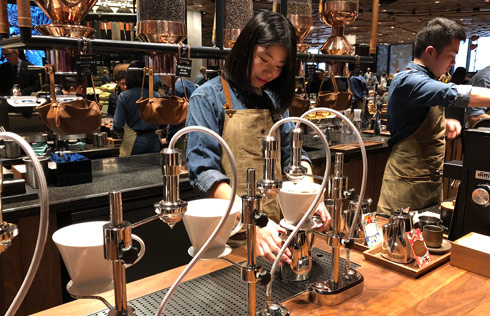Names of hutong recall both common folk, elite
There is an old saying that circulates widely in Beijing: "There are 360 hutong with names, and countless nameless ones". It accurately reflects the state of things in a city densely covered by hutong within its central areas.
The term hutong first appeared during the Yuan Dynasty (1271-1368) with the original meaning of "well" in Mongolian. From the earliest days, the names of hutong were mostly spread by word-of-mouth. It was not until the early 20th century that the names started to be recorded and written on labels placed at hutong entrances.
Generally speaking, Beijing's hutong were mostly named for governmental agencies, palaces or temples, warehouses or workshops, bridges, river courses, markets, commodities, family names, natural scenery and the like. Many of the names are still in use today.















